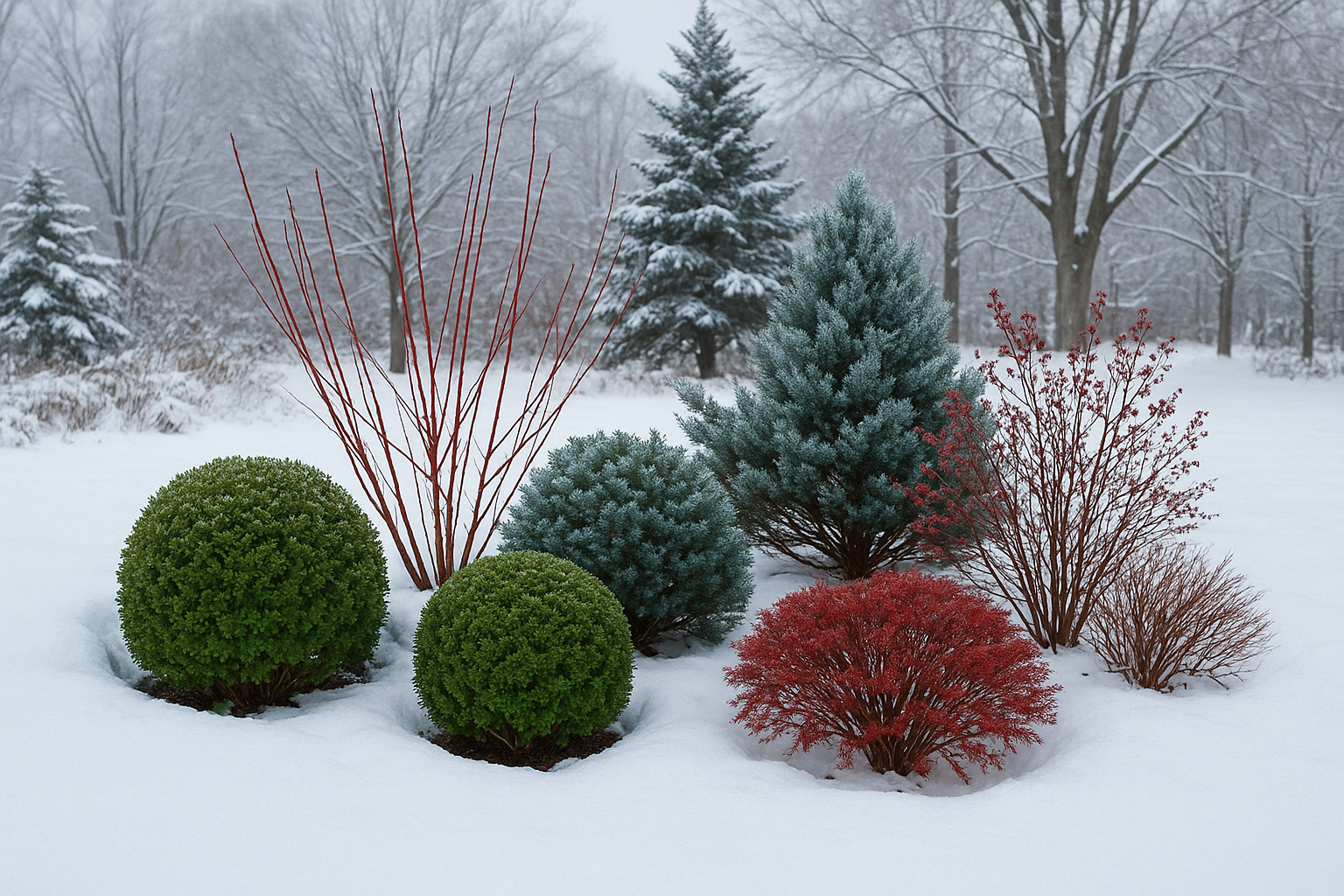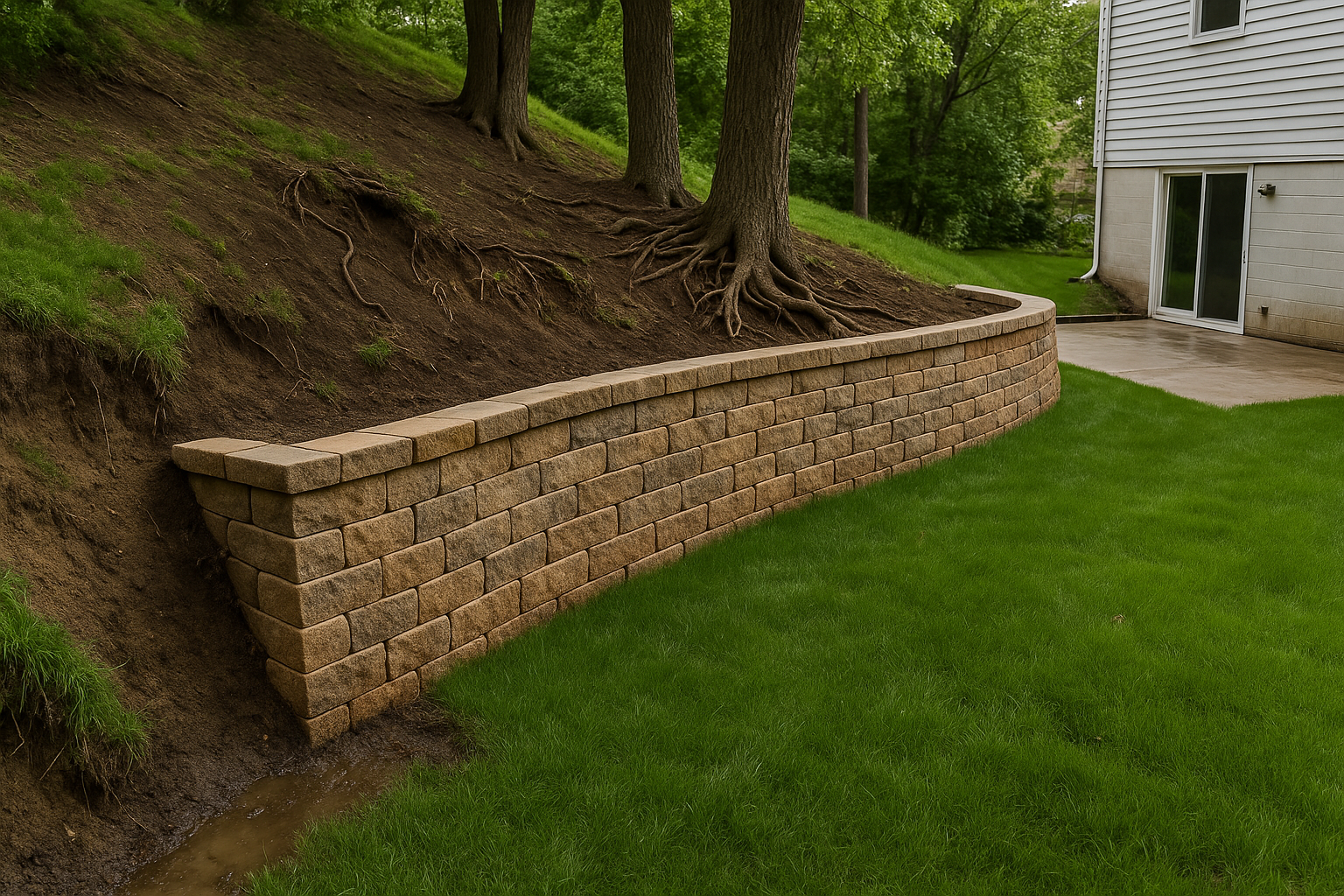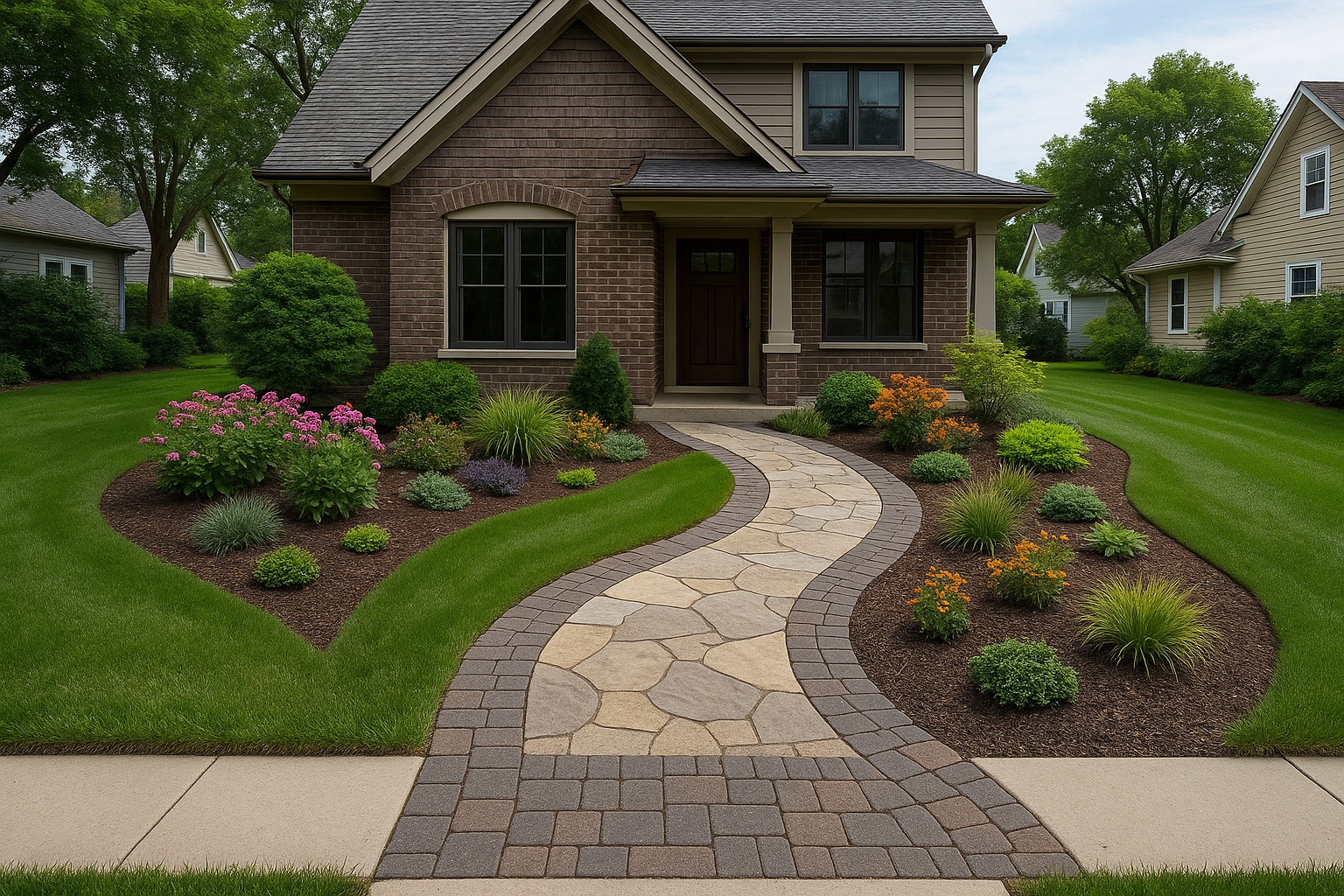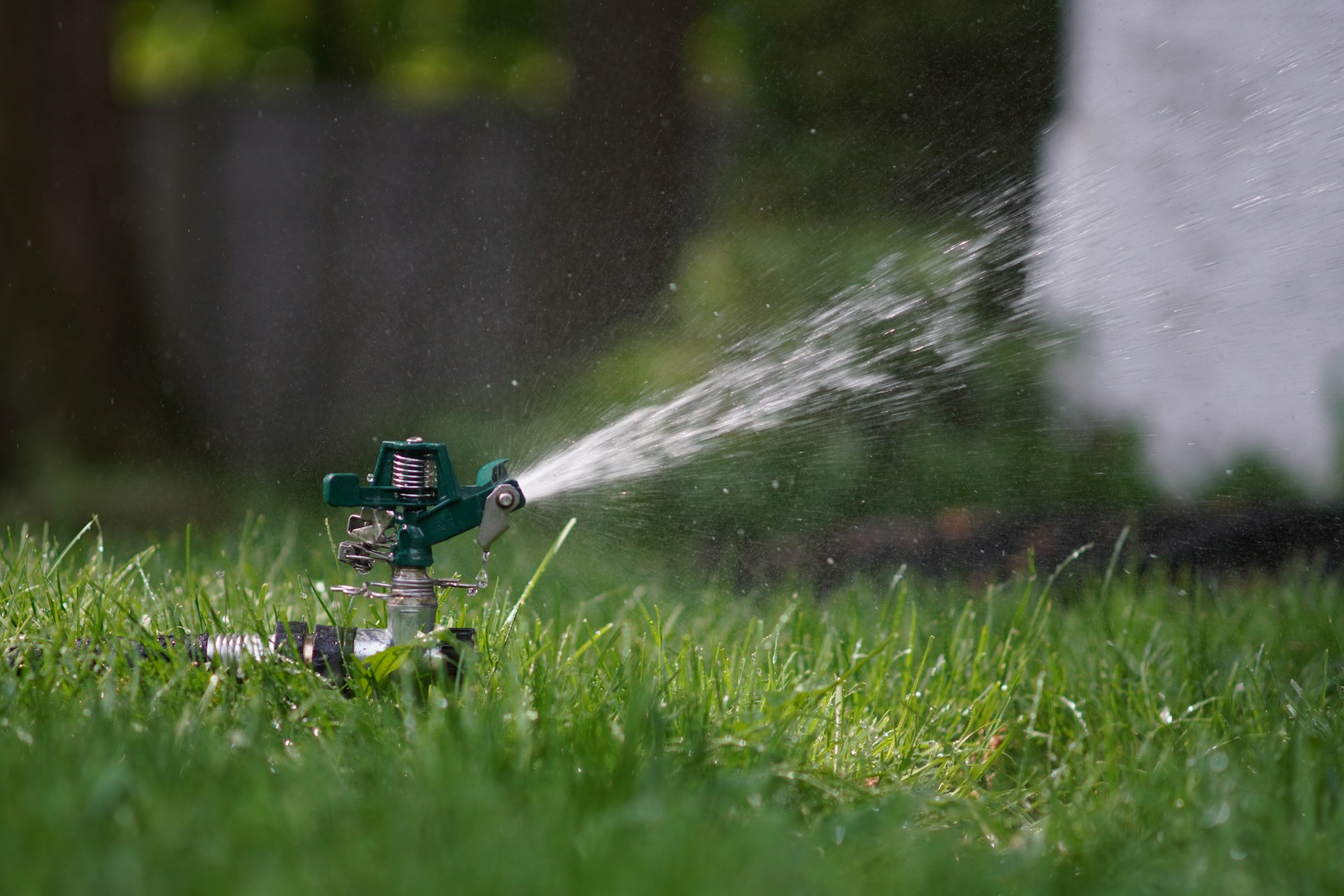Soil Secrets for Beautiful Yard Design in Minneapolis
Healthy soil is the difference between a yard that thrives and one that never quite looks right. Ignore what’s under the grass, and you’ll see patchy lawns, weak perennials, and trees that drop leaves too soon. The real work starts underground. Get the soil right first. Everything else gets easier.

Minneapolis Soil Realities
Walk through any Minneapolis neighborhood and you’ll see the difference. Some yards burst with color and texture. Others struggle, no matter how much water or fertilizer gets thrown at them. The reason? Soil types change block by block. Here’s what you’ll find:
- Clay that clings to boots and suffocates roots
- Sandy loam that drains too fast, starving plants of moisture
- Black, peaty soil in old wetland pockets. Rich but sometimes soggy
- Urban fill packed tight, loaded with debris and mystery materials
- pH swings that leave some plants yellow and stunted
Designing a yard without knowing your soil is like building a house on sand. What thrives in one yard fizzles out in the next. Landscape architecture in Minneapolis always starts with a shovel and a soil test, not a plant catalog. That’s why we dig deeper, both literally and figuratively, before any design begins.
Soil Testing That Matters
Digging a hole tells you more than any online chart. Real soil testing goes beyond color and texture. It exposes the pH, the drainage speed, and the hidden layers that choke roots or drown them. Most Minneapolis soils land between 6.0 and 7.5 pH, but that’s just the start. Some yards swing acidic, others alkaline. Drainage can shift in a single backyard. Dry on the hill, swampy by the fence.
Skip the guessing. Professional testing shows exactly what’s happening underground. That’s how you avoid planting azaleas in alkaline alkaline clay or putting a maple where water pools. Our planting knowledge matches every plant to its perfect spot, using real data—not hope. We believe that understanding your soil is the first step to a yard that lasts.
Fixing Clay Soil for Good
Clay soil in Minneapolis doesn’t just slow you down with a shovel. It suffocates roots, holds water until plants rot, then bakes hard in the sun. Fixing it takes more than a bag of compost. Here’s what works:
- Mixing in organic matter, such as leaves, compost, or aged manure, every season
- Spreading gypsum to loosen the grip and open up air pockets
- Adding coarse sand, but only with plenty of organic material to avoid concrete-like soil
- Core aeration to punch through the crust and let roots breathe
- Mulch on top to keep the surface from sealing up after rain
Clay doesn’t change overnight. It takes a plan and patience. Our residential landscaping solutions use a step-by-step approach. Over time, stubborn clay turns into soil that drains, breathes, and grows strong roots. With Dreamscapes Landscaping & Design, you get a team that knows how to transform even the toughest soil into a foundation for healthy growth.
Compost and Mulch That Work
Compost isn’t just a feel-good addition. It feeds the soil, not just the plants. Microbes break down organic matter, releasing nutrients and building structure. Mulch does more than hide bare spots. It locks in moisture, keeps roots cool, and blocks weeds before they start. Layering different mulch types, such as shredded bark, leaf mold, or pine needles, creates a living blanket that keeps soil healthy year-round.
Patios and walkways look sharper with clean mulch lines, but the real benefit happens below. Patios and walkways framed by healthy soil and mulch stay weed-free and stable. No shifting stones. No muddy edges. Just clean lines and easy maintenance. We’ve seen how the right mulch and compost choices can make all the difference for Minneapolis yards.
Building Better Planting Beds
Planting beds fail when the soil underneath gets ignored. Shallow tilling and a sprinkle of fertilizer won’t cut it. Deep preparation makes the difference:
- Digging down at least a foot to break up compaction
- Blending in custom amendments for each plant. Roses want different soil than hydrangeas
- Adding mycorrhizal fungi to help roots grab more water and nutrients
- Raising beds where drainage lags, so roots never sit in cold, wet soil
- Checking soil health every season and adjusting as needed
Every standout residential yard in Minneapolis starts with this kind of groundwork. Skipping it leads to stunted growth, bare patches, and endless frustration. Get the soil right, and the rest takes care of itself.
Soil Mistakes That Kill Curb Appeal
Even the best design falls flat when soil problems go unchecked. Here’s what sinks a Minneapolis yard fast:
- Ignoring compaction. Roots can’t push through, so grass thins and weeds take over
- Planting without checking drainage. Wet spots turn into dead zones
- Using the wrong mulch. Wood chips on clay can lock in too much moisture, suffocating roots
- Skipping pH tests. Acid-loving plants yellow out in alkaline soil
- Over-fertilizing. Nutrients wash away or burn roots when soil can’t absorb them
These mistakes waste time and money. They also make maintenance a constant battle. Smart soil prep up front means less work and better results for years to come.
Transform Your Minneapolis Landscape Today
Ready to build your yard on a foundation of healthy soil? Contact Dreamscapes Landscaping & Design at 651-415-1000 or schedule a consultation to see how proper soil preparation can improve your outdoor space.
‹ Back








